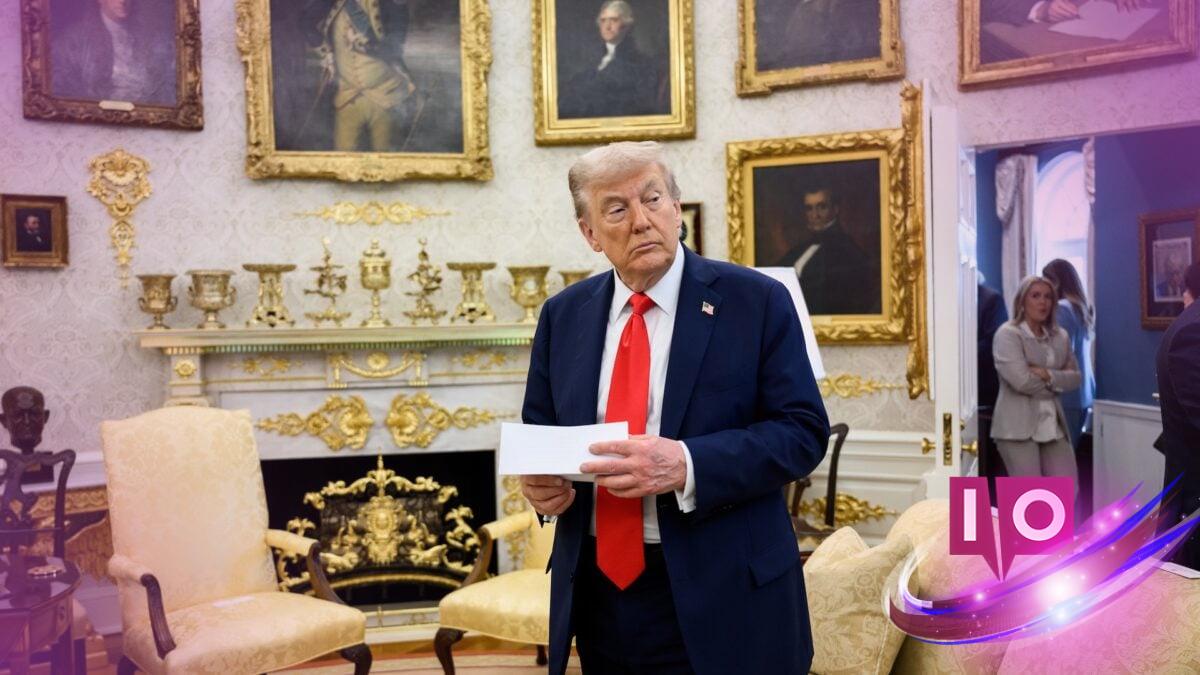Recent events in Poland have escalated tensions between NATO and Russia, marking a significant moment in European security. NATO fighter jets successfully shot down at least three Russian drones that penetrated Polish airspace, a historic first for the alliance on NATO territory. As the international community monitors this situation closely, the implications could be vast.
This incident has raised many eyebrows regarding U.S. involvement. Former President Donald Trump took to Truth Social, posting a vague message that left many wondering about his stance. Trump expressed his concern over Russian violations of Polish airspace but did not clarify a course of action for the U.S. moving forward.
Understanding Poland’s Response to Russian Drones
Why did Poland take such drastic measures against the drones? Poland’s immediate reaction included invoking Article 4 of the NATO treaty, which triggers discussions among member nations when a country feels its security is threatened. This is a rare but serious step, different from Article 5, which calls for collective defense.
Poland’s Prime Minister Donald Tusk stated that 19 drones crossed into Polish territory, emphasizing that this was not an accident but a deliberate act of aggression. This assertion was echoed by Poland’s Deputy Prime Minister, Radosław Sikorski, who dismissed Russian claims that the drones might not be theirs. Sikorski’s remarks emphasized that Poland, along with NATO allies, stands firmly with Ukraine.
How Does the NATO Alliance React?
The response from NATO has been significant. The air defense systems that took down the Russian drones included advanced technology such as F-16 and F-35 aircraft, showcasing NATO’s military readiness. This kind of collaboration between member nations highlights the strength of the alliance, especially in light of increasing threats.
Are there any historical precedents for this situation? The last time Article 4 was invoked was on February 24, 2022, coinciding with the beginning of Russia’s invasion of Ukraine. Such instances underscore NATO’s commitment to its members during times of crisis.
The Broader Implications for International Relations
The geopolitical ramifications of these events could reshape the security landscape in Europe. As tensions rise, what does this mean for future diplomatic efforts? Experts point out that Russia’s actions appear to be a testing of boundaries, which complicates the diplomatic dynamics significantly.
What concerns do experts have about Russia’s intentions? Analysts suggest that continued provocations by Russia could lead to further escalation, especially if they are not met with a firm response. The complexity of the situation necessitates a coordinated effort from NATO countries.
The Conversations Ahead
As the international community digests these developments, discussions among NATO leaders are likely to be critical. Former President Trump plans to speak with Poland’s President Karol Nawrocki, although earlier communications from Trump have been considered cryptic. The unpredictability of U.S. responses may raise questions about its commitment to NATO allies moving forward.
Why is it essential for NATO to remain united? Solidarity among NATO nations serves as a deterrent against further Russian aggression, ensuring collective security is upheld. Countries like Poland are in the spotlight, and their experiences may influence future NATO strategies.
Conclusion
With global attention fixed on Poland’s recent actions and the implications for NATO, the situation continues to evolve. As events unfold, the unity of NATO and its dialogue with key players will be pivotal in confronting aggression from Russia.
Have you been following this situation closely? Stay informed and explore more on this topic by visiting Moyens I/O, where we cover the latest in global relations.
